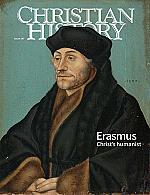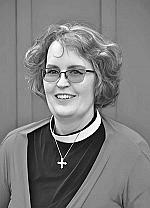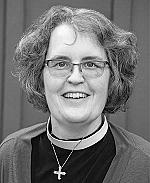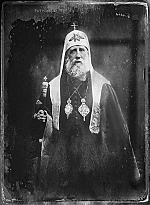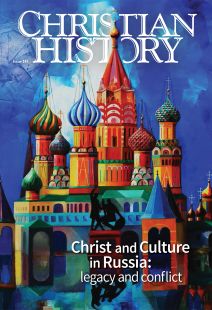Did you Know? Christ and culture in Russia
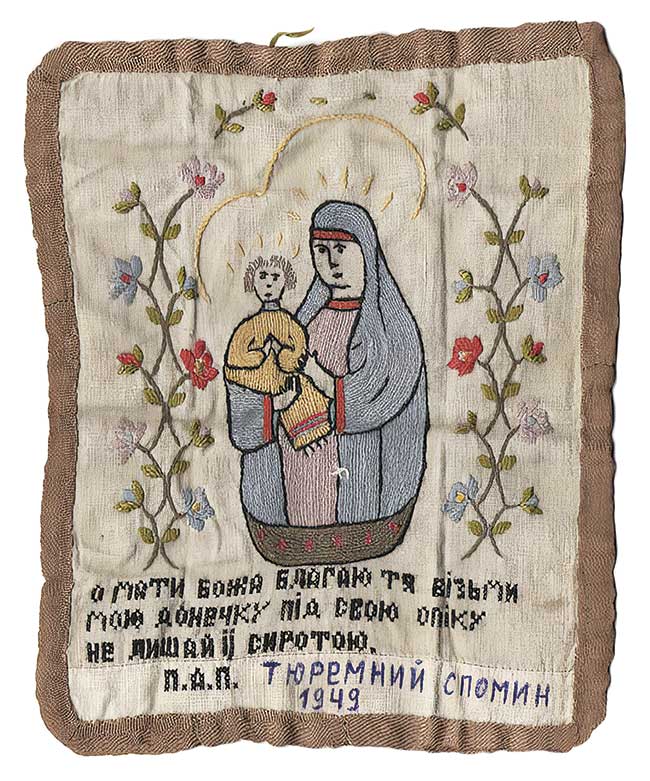
ABOVE: PRISON EMBROIDERIES OF HANNA PROTSKIV-LIVEN, 1949. “Ukrainian Women in the GULAG: to Survive Means to Win,”—Courtesy of m.day.kiev.ua]
Rather than a standard “Did you know?” for this issue, we thought it might be helpful to introduce you to a few terms and ideas that will help guide you through the story. Feel free to flip back to these front pages whenever you want to refresh your memory.
Russian vs. Russian
The Russian language distinguishes between russkii (Russian), which refers to ethnicity, and rossiiskii (Russia’s or of Russia) which indicates territory as well as citizenship. The country today is called the Federation of Russia (Rossiiskaia Federatsiia), and the pre-1917 empire was called the Empire of Russia (Rossiiskaia imperiia). The term rossiiskaia embraces all the peoples of a multinational, multiethnic, multicultural state. “Russian citizen” in English would more accurately be “citizen of Russia,” since citizens of Russia are not all ethnically Russian. (While we’re at it, the Soviet Union does not = “Russia”; it had anywhere from four to sixteen member states between 1917 and 1991, only one of which was Russia.)
Russia’s leaders were not always ethnically “Russian”; Catherine the Great was German, Josef Stalin was Georgian, and Nikita Khrushchev was Ukrainian. Similarly, in today’s Russia, state decrees and policies rarely use russkii, but routinely use rossiiskii to, for example, speak of “traditional values of Russia”—implying the values of all of its diverse peoples, not those exclusively of ethnic Russians.
What’s in a name?
In this issue you’ll find that Russian-language naming conventions look a little different from Western ones. These names (as well as those in other East Slavic languages) generally consist of a given or first name, a patronymic that connects the person to their father, and a family (last) name.
For example the writer Westerners call Leo Tolstoy was, in Russian, Lev Nikolayevich (son of Nikolay) Tolstoy. Names in the Russian language are “declined”—they take endings depending on the gender of the person—so Tolstoy’s father was Nikolay Tolstoy and his mother was Mariya Tolstaya; his oldest son was Sergei Lvovich (son of Lev) Tolstoy and his oldest daughter, Tatyana Lvovna (daughter of Lev) Tolstaya.
In addition you’ll notice that when some religious figures are mentioned, a name in parentheses follows, such as Patriarch Tikhon (Bellavin). Orthodox monks and nuns are given a new name of a famous saint when they take monastic vows. Tikhon, whom you’ll read a lot about in the following pages, was named at birth Vasily Ivanovich Bellavin. He was given the name Tikhon in honor of an eighteenth-century saint, Tikhon of Zadonsk, when he became a monk. Calling him Tikhon (Bellavin) makes it easy to know which Tikhon we are discussing.
Who’s in charge here?
While we’re talking about Tikhon, what is a patriarch? When Christianity became the Roman Empire’s official religion, the church developed an organizational structure based on the empire’s governance structures. Ecclesiastical leaders of a civil province of the empire were called “metropolitans.”
Leaders of the five great apostolic sees (seats of bishops), which corresponded to the five major centers of the Roman Empire of the time—Rome, Constantinople, Alexandria, Antioch, and Jerusalem—had jurisdiction over a large amount of territory and the right of ordaining metropolitans. Around the sixth century, these leaders began to be called “patriarchs.”
Today the Orthodox have nine patriarchates. The patriarch of Constantinople is referred to as the ecumenical patriarch with a “first-among-equals” status, since Constantinople was the capital of the Byzantine Empire. The other patriarchates are Alexandria, Antioch, Jerusalem, Moscow, Georgia, Serbia, Romania, and Bulgaria. There has been considerable controversy throughout the centuries over who gets to name a patriarch and why.
You will also read about Orthodox churches becoming “autocephalous,” or self-governing. This means that a church’s bishop does not report to a higher authority, other than a national or ecumenical council. All Orthodox churches headed by patriarchs are autocephalous, but an autocephalous church may also be headed by a metropolitan.
Sent to the labor camp
Finally a word about “gulag,” which you will also see in the following pages. Technically it is an acronym for Glavnoye upravleniye po delam voyennoplennykh i internirovannykh, “Main Administration of Corrective Labor Camps,” the name under which they were established by Lenin. Thanks in part to the famous book The Gulag Archipelago (1973) by Aleksandr Solzhenitsyn, today English-language speakers often colloquially use the term for any Soviet labor camp. CH
By the editors
[Christian History originally published this article in Christian History Issue #146 in 2023]
Thanks to Vera Shevzov for “Russian vs. Russian” and help with “Sent to the Labor Camp.”Next articles
Letters to the editor. Christ and culture in Russia
Readers respond to Christian History
the editors and readersEditor’s note. Christ and culture in Russia
How do you practice faith after decades of official atheism?
Jennifer Woodruff TaitPersecution and resilience
The Russian Orthodox Church and the Bolshevik Revolution
Scott M. KenworthySupport us
Christian History Institute (CHI) is a non-profit Pennsylvania corporation founded in 1982. Your donations support the continuation of this ministry
Donate



